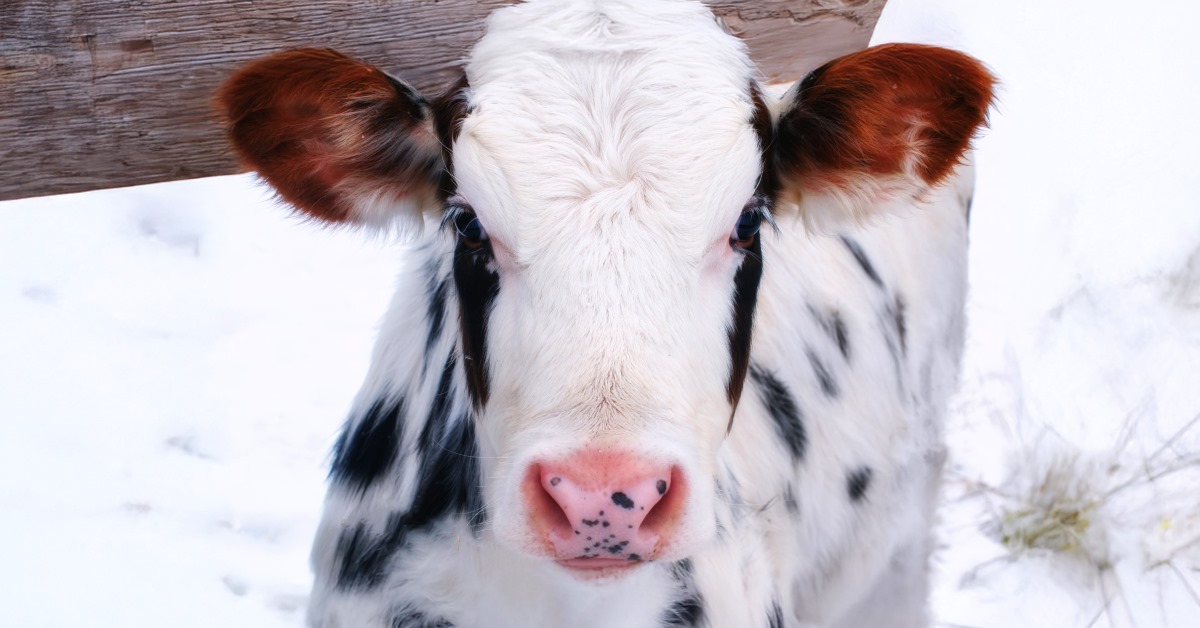
With a very chilly 10-day forecast looming for most of us in the Upper Midwest, below is a reminder of strategies to help young calves thrive during the cold snap.
Nutritional Management Strategies: Routine, Routine, Routine
Consistency is key.
-
Provide more nutrition to meet the calf's increased energy needs in cold weather.
-
Feed more milk at a consistent solids rate. Consider increasing the daily milk volume by adding a third feeding or increasing each feeding by 0.5–1.0 quart of milk replacer solution.
-
Feeding more milk is the most efficient way to increase the calf’s available energy and calories.
-
Use Milk Energizer (a 60% fat product) during the first 2–3 weeks of life. Adding it to the milk ration helps meet the elevated energy requirements during cold weather.
- Rule of thumb: 1 oz of Milk Energizer provides about 10°F of added warmth for the calf.
Environmental Management Strategies: Clean & Dry, Clean & Dry, Clean & Dry
-
Dry newborn calves with a clean towel after birth and fluff their hair coat to aid thermoregulation.
-
Use calf jackets. Once dry, put a calf jacket on. In extreme cold, consider two jackets, especially for small, lethargic, or unthrifty calves.
- Rule of thumb: A calf jacket provides 20°F of added warmth.
- Keep jackets on calves for at least the first 3 weeks of life, longer if necessary. Calves less than 21 days old have very high maintenance energy requirements- we want to give them the best start we can.
- Only remove jackets when calves are eating ample calf starter and the weather is mild. Removing jackets during a cold snap can cause unnecessary stress.
-
Provide ample, clean straw bedding. There should be enough bedding that when the calf is lying down, you cannot see her legs.
-
Ensure access to clean, fresh calf starter and water at all times.
- Calves can handle the cold when they consume enough calf starter.
- Remember: It takes 4 lbs of fresh water to digest and metabolize 1 lb of dry matter. Water consumption drives calf starter intake, and vice versa.
-
Keep pens/hutches clean.
- Maintain and sanitize milk feeding equipment properly.
- Clean and sanitize all milk feeding equipment after each use.
- Log in to post comments
